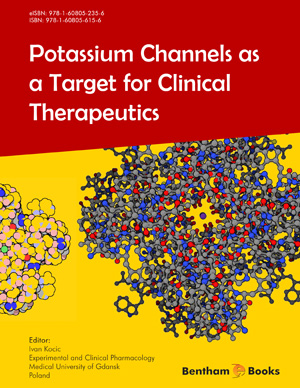Abstract
Although, most of the persistent and life-threatening arrhythmias can be treated with surgical and interventional cardiologic methods, pharmacological intervention is still the most common and accessible way of treatment. Recently, antiarrhythmics are very often combined with electrotherapy and ablation in so-called hybrid therapy. Among different antiarrhythmic drugs, potassium channel blockers deserve special attention. All of the compounds able to block repolarizing potassium channels can be divided in to two groups: IIIa which prolong action potential duration (APD) at fast heart rates (amiodarone, dronedarone, dofetilide) and group IIIb that prolonging APD at slow heart rates ( bretylium, sotalol). Therefore, in this chapter, the clinical efficacy and the most important clinical trials of above mentioned drugs will be discussed in such arrhythmias as atrial, ventricular tachycardia, atrial flutter, atrial fibrillation and cardiac sudden death.
Keywords: arrhythmias, antiarrhytmics, potassium channel blockers, action potential duration, heart rate, heart rhythm, amiodaron, sotalol, dofetilide, dronedarone.






















